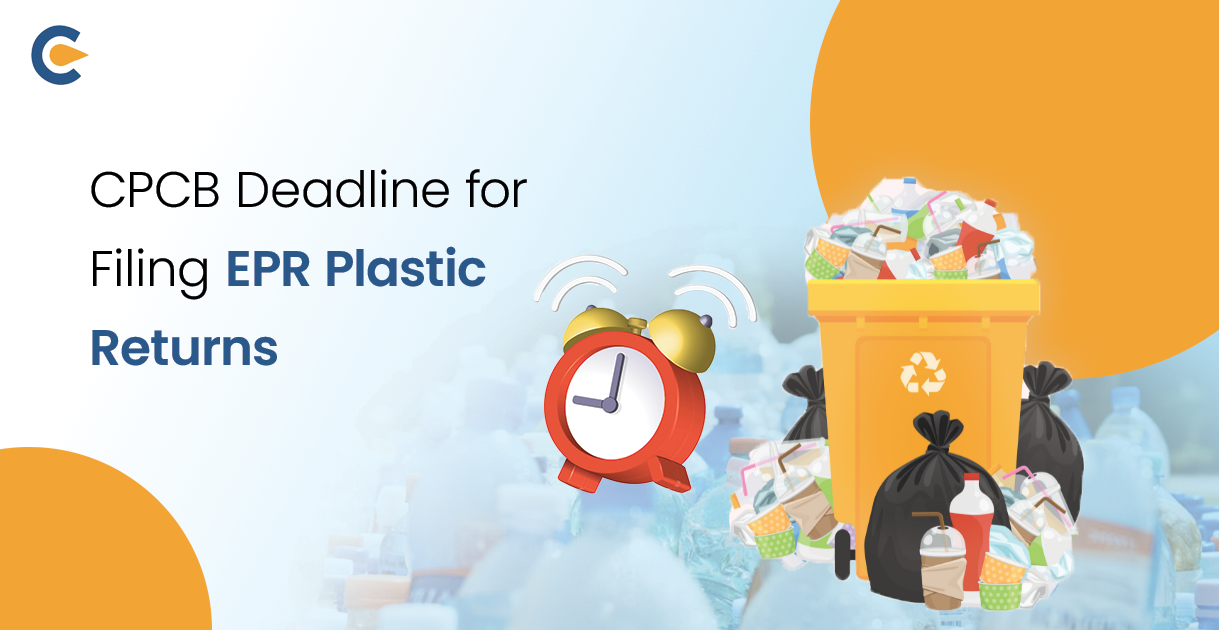Unlike ISO or ISI, CE Certification is not a quality marking. The purpose of the CE Marking is to ensure and maintain EU health, safety and environmental protection legislation. Furthermore, it is the responsibility of the manufacturer to verify that the products comply with the CE or European Conformity before placing them in the market. Let’s discuss it in detail and get to know all the aspects of CE Marking and certification.
What is CE Certification?
The CE Marking or CE Certification is a conformity marking consisting of the letters “C” and “E” which stands for Conformité Européenne, French for European Conformity within the European Economic Area (EEA)[1]. Furthermore, by affixing CE Marking to the products, the manufacturer has assessed its conformity to the European Union health, environmental protection and safety legislation. Additionally, it confirms that the product complies with the relevant requirements of the EU. Moreover, every manufacturer/ producer should ensure that their product is in unison with such requirements before placing or launching them in the market. Moreover, in some cases, you need to get your product examined by a designated third-party conformity assessment body.
The image given below provides guidelines to you on how to differentiate between a fake and real CE marking.


Salient features of CE Certification or marking
The CE Marking or CE Certification has the following salient features;
- The CE Mark is not a quality marking: It refers to the safety requirements rather than the quality of the product.
- Mandatory to obtain: Obtaining a quality marking is sometimes voluntary, but on the other hand, it is mandatory to obtain CE certification for those products it applies to.
- Does not indicate the origin of the item: CE mark is not an indication of the origin of the product; it may have been manufactured anywhere in the world.
- Approval from authority: It is often misunderstood that CE certification is tested and approved by a government authority. On the contrary, the CE marking is always affixed under the sole responsibility of the producer. Although in some cases, a third-party assessment body is involved, even then, the producer remains liable.
Who needs CE Certification?
All producers, manufacturers and distributors have to take CE Certification, who wants to sell their products in the European Economic Area (EEA). By affixing the CE marking, the manufacturer declares that their products meet the requirements of the EC Directives applicable to them. The CE marking legislation has harmonized the product requirements throughout the Europe continent. Additionally, it means that once the manufacturer starts affixing the CE marking on their products, those products have access throughout all the countries of the European Union. Also, such manufacturers can circulate their products freely between these countries without having to obtain any additional requirements or certifications.
Which products need CE Certification?
Not all products sold or traded in the European Union have to be CE marked. Such items which are within the field of applicability of one or more selected groups of European Union technical regulations must be CE marked. The products that have to be sold or manufactured in the European Economic Area need to have CE marking mandatorily. Some of the products that need to be CE marked are namely;
- Toys
- Personal safety equipment
- Medical apparatus


- Types of machinery
- Electronic and electrical devices
Types of CE Marking
Depending on the risk associated with your products, the CE marking is affixed on your product by the manufacturer or an authorized representative who determines whether your products comply with the CE requirements or not.
- Minimal risk: In case the risk of the product is low, the manufacturer can self certify them and obtain the Declaration of Conformity to use the CE Marking.
- Greater risk: If the risk of the product is high, there is a need to get certification from a body notified by the European Commission. The notified body runs various tests and performs other functions as directed by the EU directives. Moreover, the body can be a private organization or a government body.
What is tested in a conformity assessment?
The following are some of the necessary areas of the conformity assessment;
- Safety tests in our own testing laboratories
- Preparation of expert appraisal reports
- Types of approval testing
- Certification of quality systems
- Examination of product design
- Compatibility tests like electromagnetic, biological compatibility etc.
Self Certification of your products
When the product sold by you involves less risk, you can self certify it. You have to follow a series of steps for procuring CE approval or self-certification. Furthermore, you need to consider the following points while obtaining self-certification for your products;
- Determine if any directive applies to your product. In case more than one directive applies to your product, then you have to comply with all of them.
- Ascertain the extent to which your product complies with the requirements for design and manufacturing in the applicable directives.
- Choose the process of conformity assortment available in the form of Modules, depending on the type of your product. You can choose a module from the list given below;
- Module A: Internal production control
- Module Aa: Intervention of a notified body
- Module B: EC type-examination
- Module C: Conformity to type
- Module D: Production quality assurance
- Module E: Product quality assurance
- Module F: Product verification
- Module G: Unit verification
- Module H: Full quality assurance
Procedure for Self-Certification
The following steps are involved in the self-certification of your products;
Stage 1: Identify the directive applies to your product.
Stage 3: Find out an appropriate route to conformity. There are various attestation routes as follows;
Stage 2: Determine the requirement of the directives that apply to your products.
- Assessment of the product by the manufacturer
- Furthermore, assessment of the product by the manufacturer with an additional audit by the third party
- Assessment by a third party body, for example, EC type test
Stage 4: Evaluating the product’s conformity. This step includes testing of your products for evaluating its compliance with the harmonized standards.
Stage 5: Provide technical documents, usually referred to as the technical file related to the product. Technical documents basically involve the following;
- Technical description
- Bill of materials
- EU declaration of conformity
- Drawings, circuit diagrams and photos
- Test reports and/or assessments
- Specification, where applicable, EU declaration of conformity for the critical components and materials used
- Instructions
- Technical confirmation can be made available in any format (i.e. paper or electronic) and must be held for a period of up to 10 years after the make of the last unit, and in most cases reside in the European Economic Area (EEA).
- Details of any design calculations
Stage 6: Finally, make the declaration and affix the CE mark after the importer, manufacturer or authorized representative is satisfied that your product conforms to the standards of the directives.
Read our article:A Complete Guide on How to obtain ISO Certificate? Benefits, Penalties and Fees
Cost of CE Certification
If you are a manufacturer and you are going to self certify your products, than you do not need to pay any fees. However, you are going to obtain certification from a private or government notified body, then you have to pay the fees for the services they provide. Furthermore, the about you will have to pay will depend on the certification body you are choosing.
Directions to use the obtained CE mark
The following points must be kept in mind whilst affixing the CE marking on your product;
- The mark should be clearly visible, indelible and legible
- The marks should consist of the initials “CE.” Moreover, both letters should have the same dimensions, and it should not be smaller than 5 mm.
- Furthermore, the product itself should not bear the CE mark; either you can affix it to the packaging or into the accompanying documents.
- If you wish to reduce the dimensions of the mark, the proportions of the mark should be kept in mind.
Conclusion
The CE certification is not marking or certification which has anything to do with the quality of the product, rather it is a certification provided, by keeping the safety concerns in mind, related to the product or item. So, generally speaking, those producers or manufacturers who wish to make a trade in the European Economic Area (EEA). Also, you cannot just affix the CE mark on your product; you have to follow the provided standards before using it.











